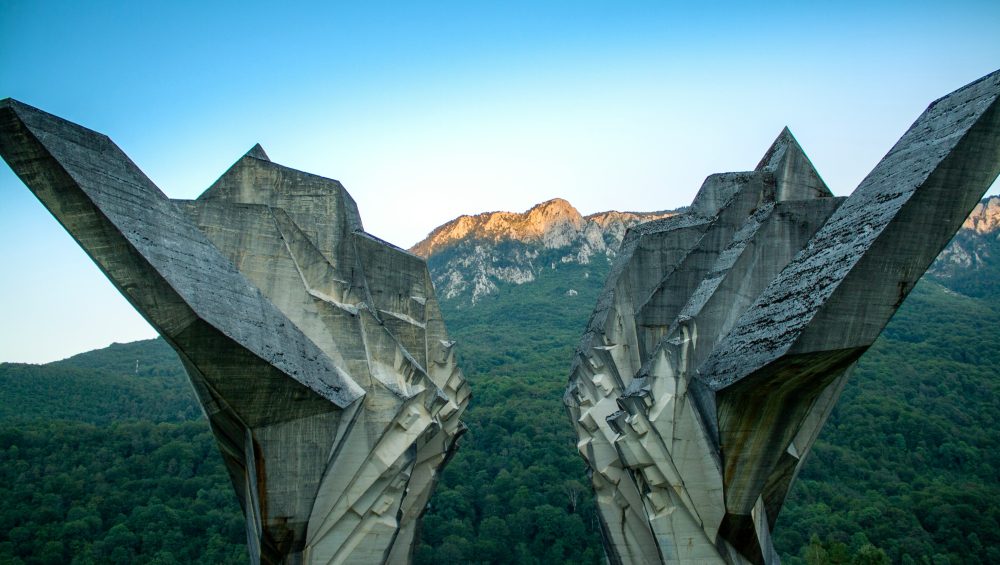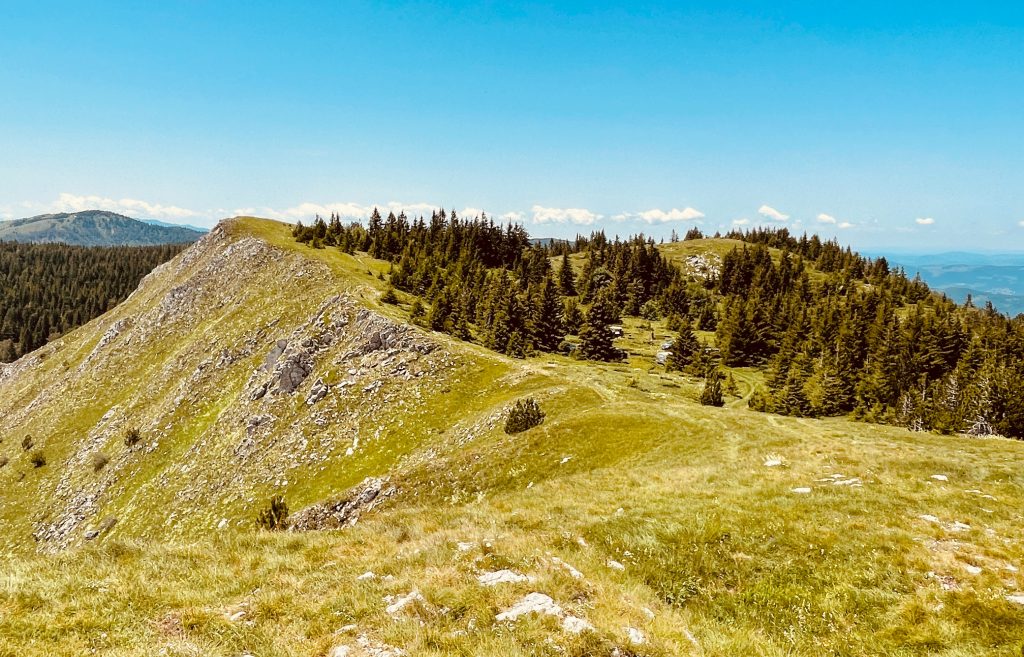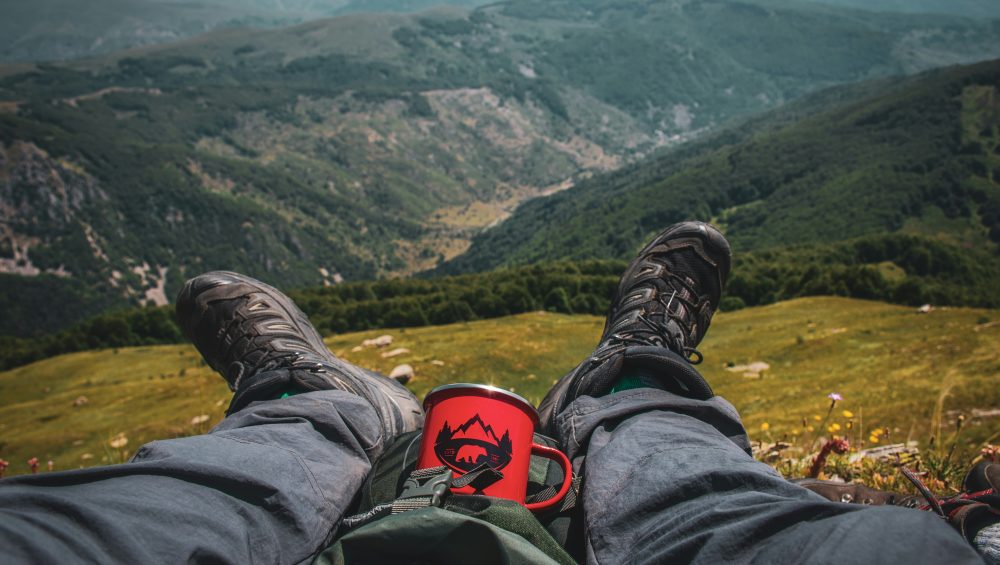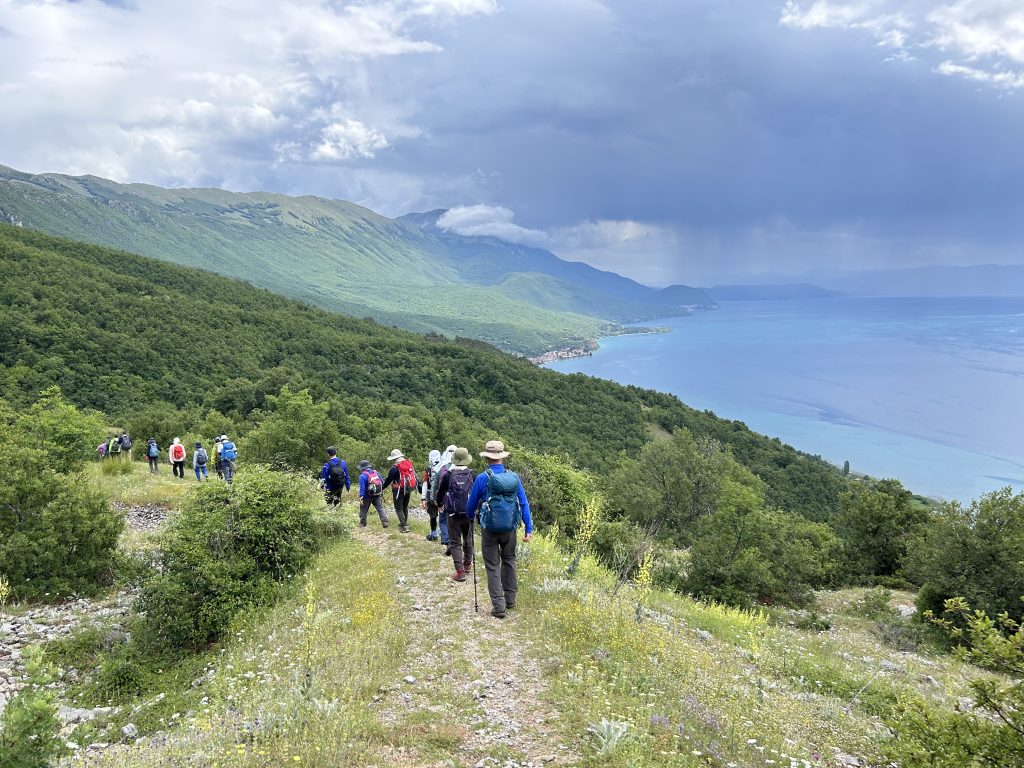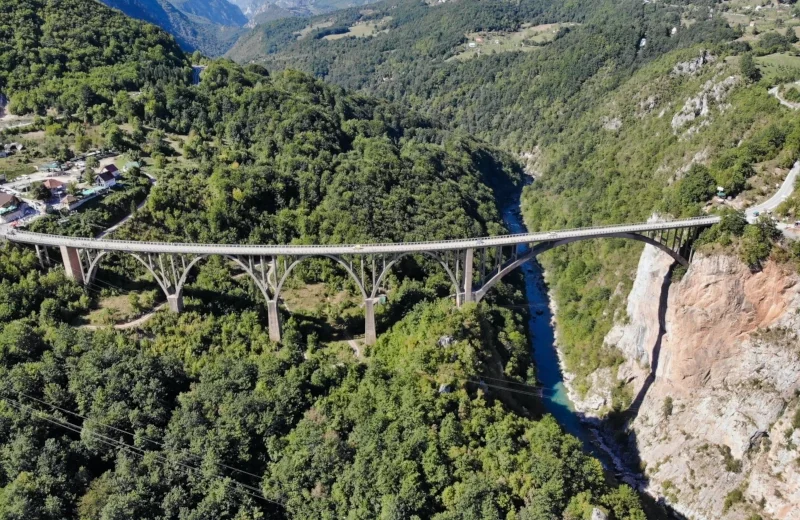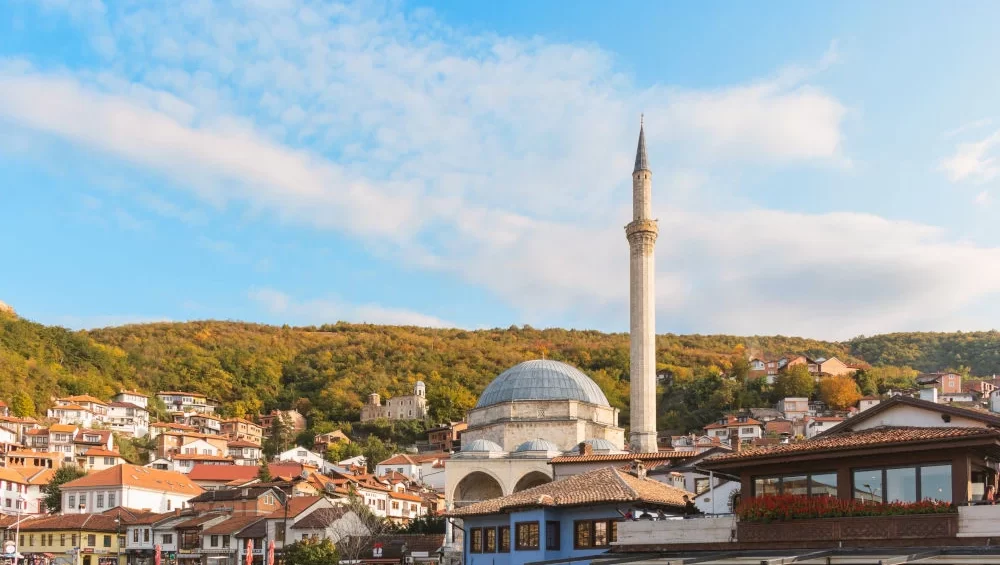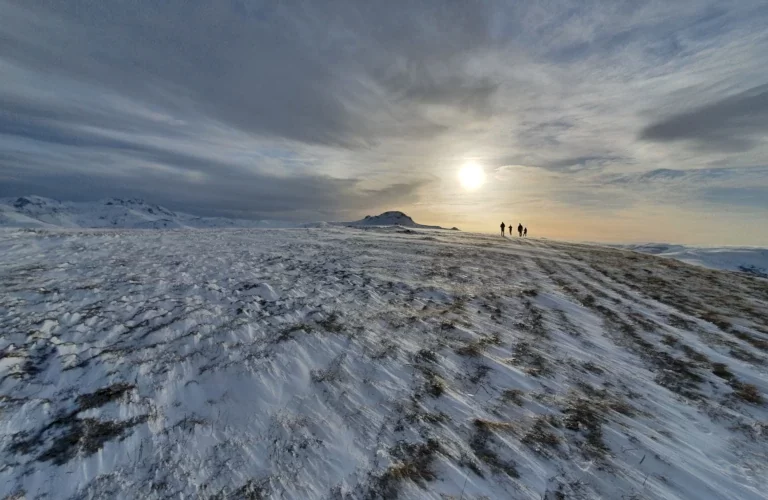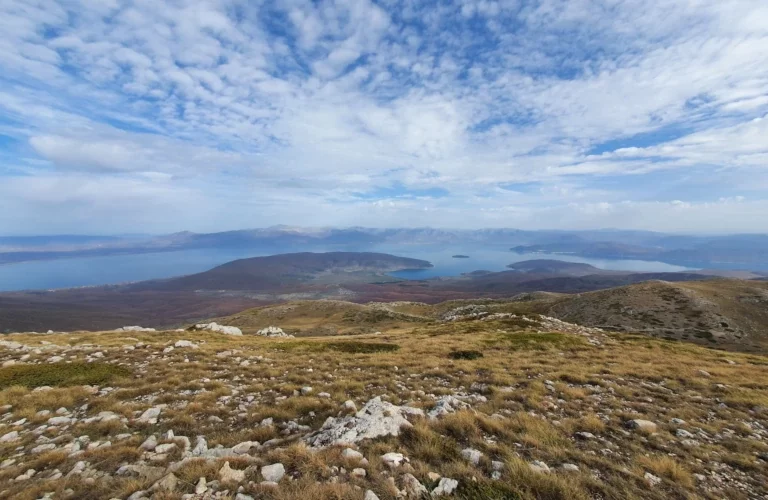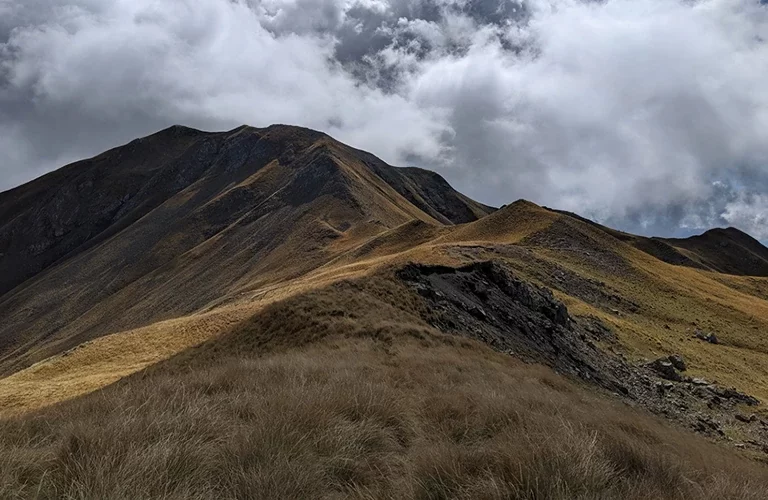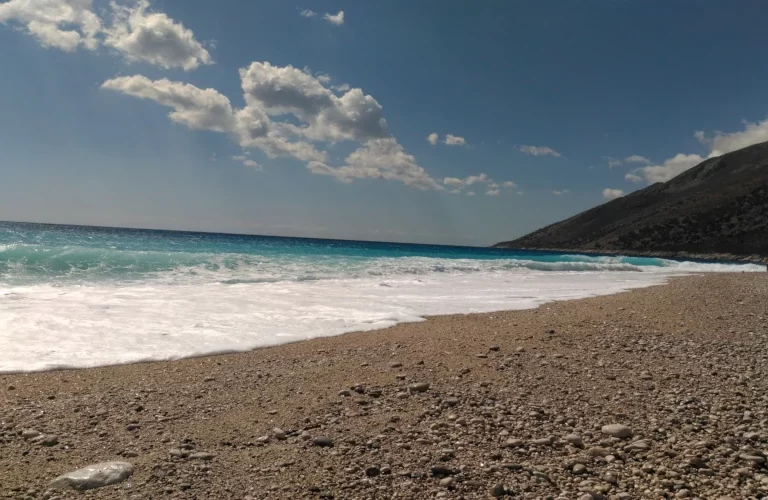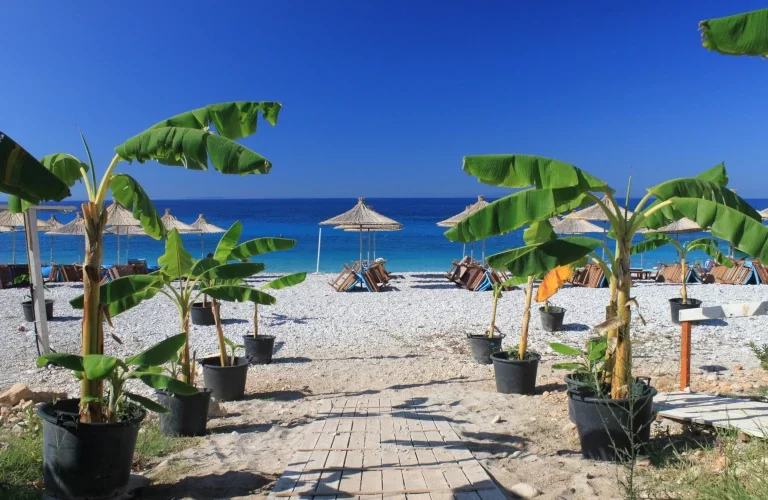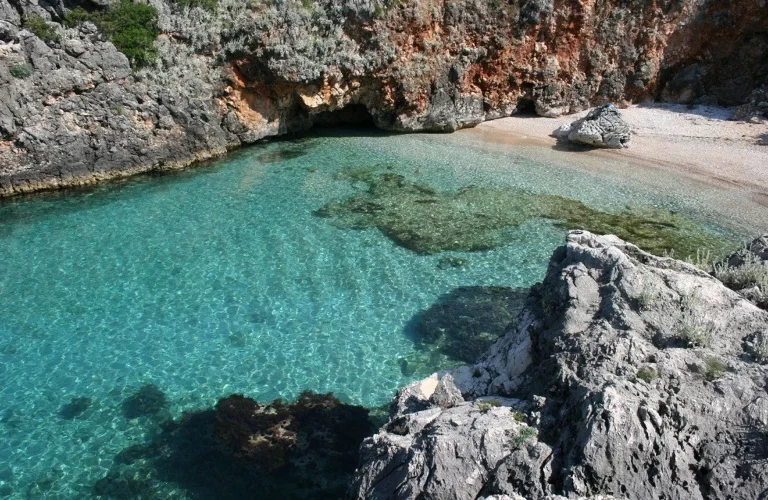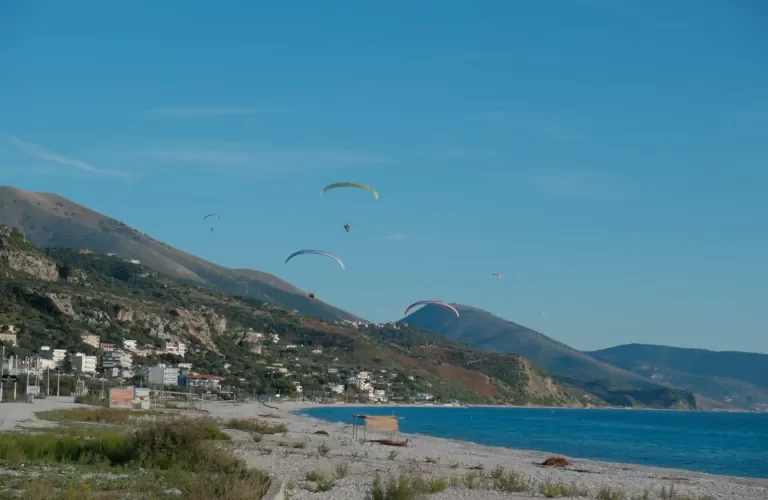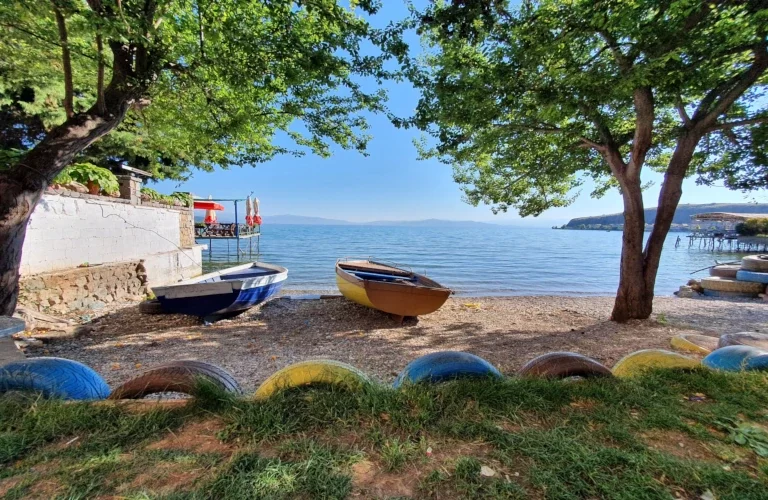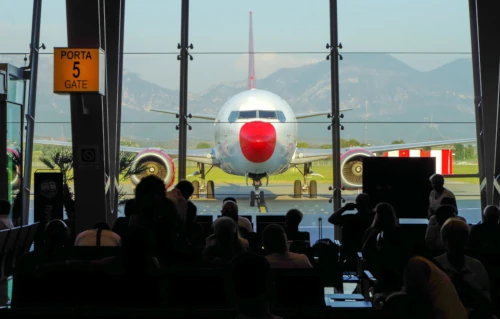Top 10 places to visit in Bosnia & Hercegovina – off the beaten path
Bosnia & Hercegovina is a country brimming with history, natural beauty, and cultural treasures, yet much of its charm remains hidden to the typical traveler. While cities like Sarajevo and Mostar are deservedly popular, stepping off the beaten path reveals a side of Bosnia few get to experience. If you’re looking for unique destinations and activities, here are the top 10 places to visit in Bosnia.
1. Travnik: A Town of Viziers and Colorful Streams
Located in the heart of Bosnia, Travnik is a town that whispers stories of Ottoman history and vibrant culture. Once the seat of Ottoman viziers, Travnik boasts well-preserved architecture, including the medieval fortress that offers stunning panoramic views. Stroll along the blue waters of the Plava Voda, a spring-fed stream, and sample the town’s signature dish, ćevapi. For those who enjoy history and culinary delights, Travnik is a must-visit.
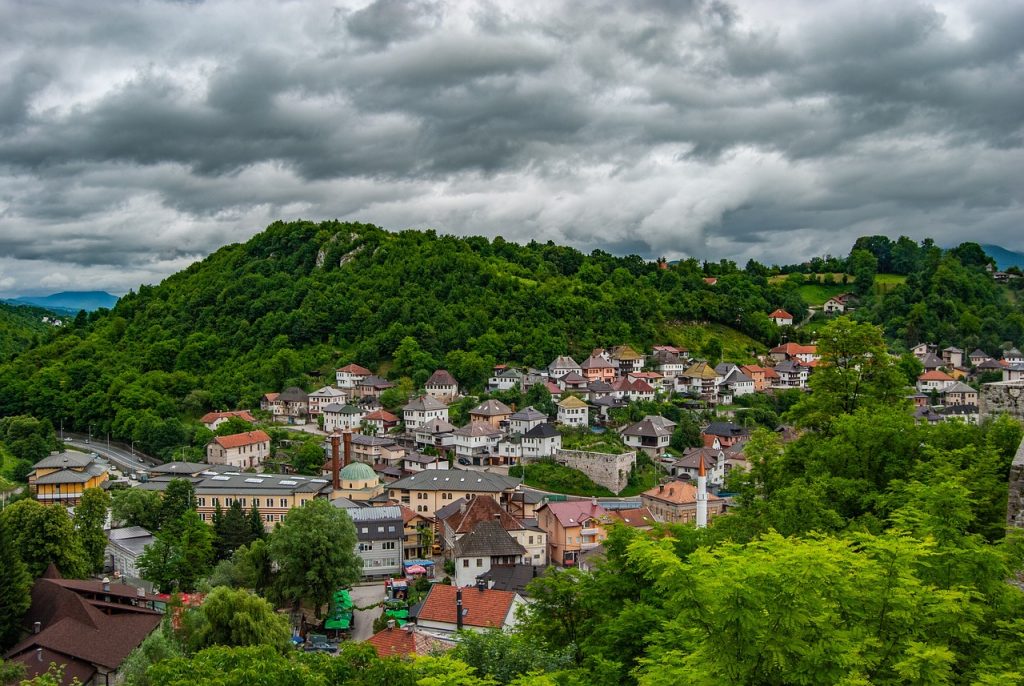
2. Una National Park: Bosnia’s Emerald Jewel
For nature lovers, Una National Park is a slice of paradise. Located near the Croatian border, this park is famed for its crystal-clear rivers, waterfalls, and lush forests. The Strbacki Buk waterfall is a highlight, offering breathtaking views and opportunities for kayaking or rafting. Whether you seek adventure or serenity, Una National Park delivers.
3. Tito’s Nuclear Bunker: Must see in Bosnia
Hidden beneath a mountain near the town of Konjic lies one of Bosnia’s most intriguing secrets: Tito’s nuclear bunker. Built during the Cold War, this massive underground facility was designed to protect Yugoslavia’s leadership in the event of a nuclear attack. Today, it’s an extraordinary museum showcasing Cold War history and contemporary art. Guided tours take you deep into this fascinating labyrinth, making it a must-see for history buffs.

4. Lukomir: Bosnia off the beaten path
Perched high in the Bjelašnica mountains, Lukomir is a village that feels frozen in time. With its stone houses and traditional way of life, it offers a glimpse into Bosnia’s rural past. Hike through the surrounding mountains, enjoy homemade meals with locals, and marvel at the unspoiled landscape. Lukomir is perfect for those seeking authenticity and tranquility.

5. Sutjeska National Park: A Wilderness place to visit
Home to the ancient Perućica rainforest and Bosnia’s highest peak, Maglić, Sutjeska National Park is a haven for hikers and outdoor enthusiasts. The park also holds historical significance as the site of a major World War II battle. Visit the striking Tjentište memorial and explore trails that lead to jaw-dropping vistas, including the Trnovačko Lake, shaped like a heart.

6. Višegrad: A Town of Bridges and Literature
Situated along the Drina River, Višegrad is best known for its historic bridge, the Mehmed Paša Sokolović Bridge, a UNESCO World Heritage Site. Immortalized in Nobel laureate Ivo Andrić’s novel The Bridge on the Drina, the town exudes a poetic charm. Don’t miss Andrićgrad, a cultural complex inspired by Andrić’s work, featuring museums, galleries, and quaint cafes.

7. Blidinje Nature Park: A Hidden Alpine Escape
Blidinje Nature Park is a serene retreat for those seeking peace amidst stunning natural beauty. The park’s highlight is the glacial Blidinje Lake, surrounded by the dramatic peaks of the Dinaric Alps. Enjoy hiking, cycling, or simply soaking in the tranquil atmosphere. In winter, the nearby Risovac ski resort offers snow-filled adventures.
8. Vjetrenica Cave: A Subterranean Marvel
Vjetrenica, or “Wind Cave,” is Bosnia’s largest and most famous cave. Located near the village of Zavala, this fascinating network of tunnels is filled with unique rock formations and endemic wildlife. Guided tours take visitors deep into the cave, where cool air and natural wonders await. It’s a thrilling experience for geology and adventure enthusiasts alike.
9. Jajce: A Cascade of History and Nature
Jajce is a town where history meets natural beauty. Famous for its stunning Pliva Waterfall, which sits dramatically in the center of town, Jajce is also home to ancient fortresses, medieval walls, and the unique catacombs carved into rock. Don’t miss the Pliva Lakes nearby, where you can kayak or explore charming watermills.

10. Attend a Sevdalinka Performance: The Soul of Bosnia
To truly understand Bosnia’s heart and soul, attend a live performance of Sevdalinka music. This traditional genre combines melancholic melodies with heartfelt lyrics, capturing the essence of Bosnian culture. Many cafes in Sarajevo and Mostar host intimate performances, allowing you to immerse yourself in this moving art form.
Plan Your Next Adventure
Whether you’re wandering through historic towns, exploring hidden natural wonders, or diving into Bosnia’s cultural traditions, these off-the-beaten-path destinations offer unforgettable experiences. From the rugged mountains of Sutjeska to the soulful tunes of Sevdalinka, Bosnia & Hercegovina is a treasure trove waiting to be explored. So pack your bags and discover the road less traveled in this enchanting corner of the Balkans.

